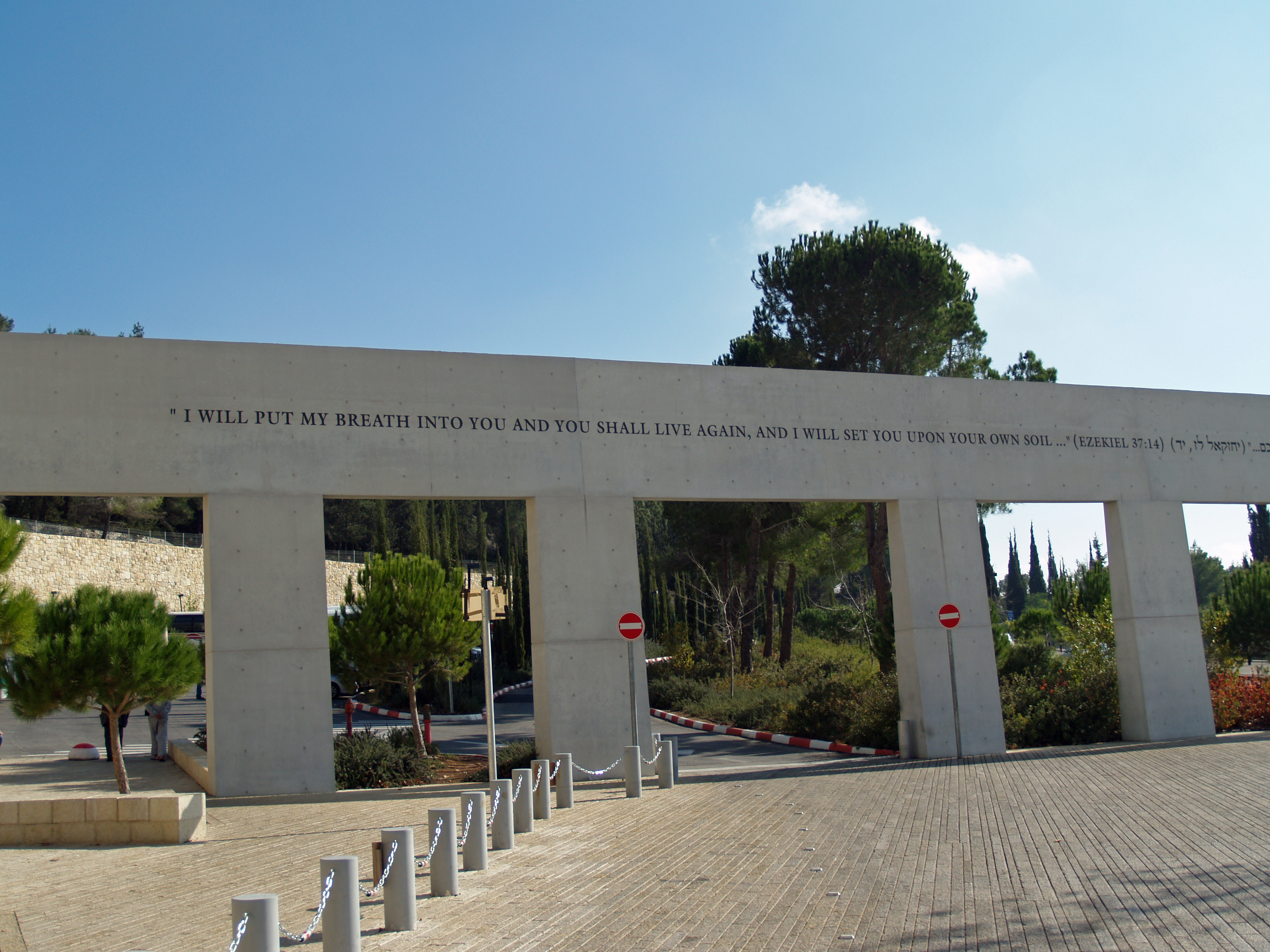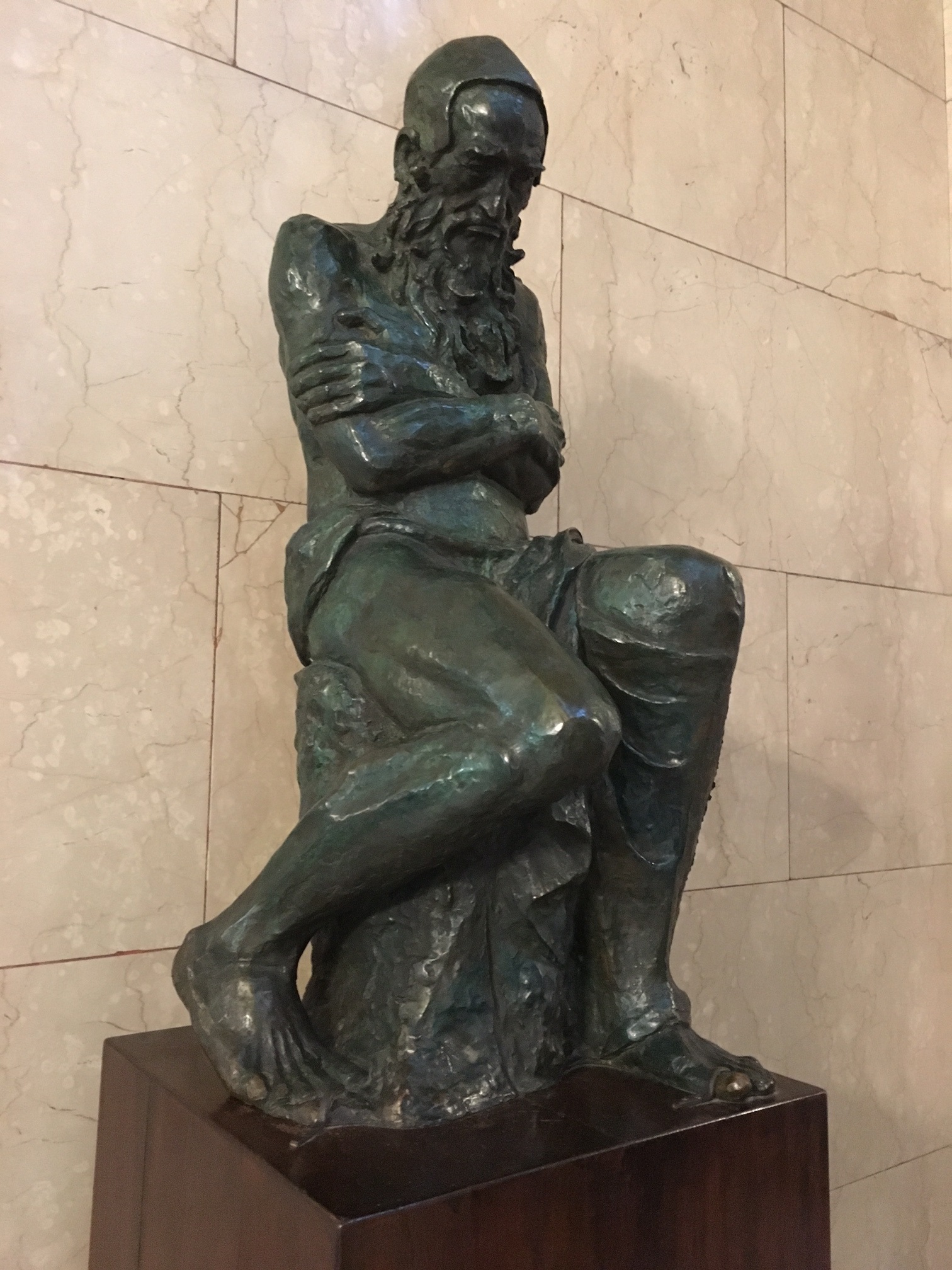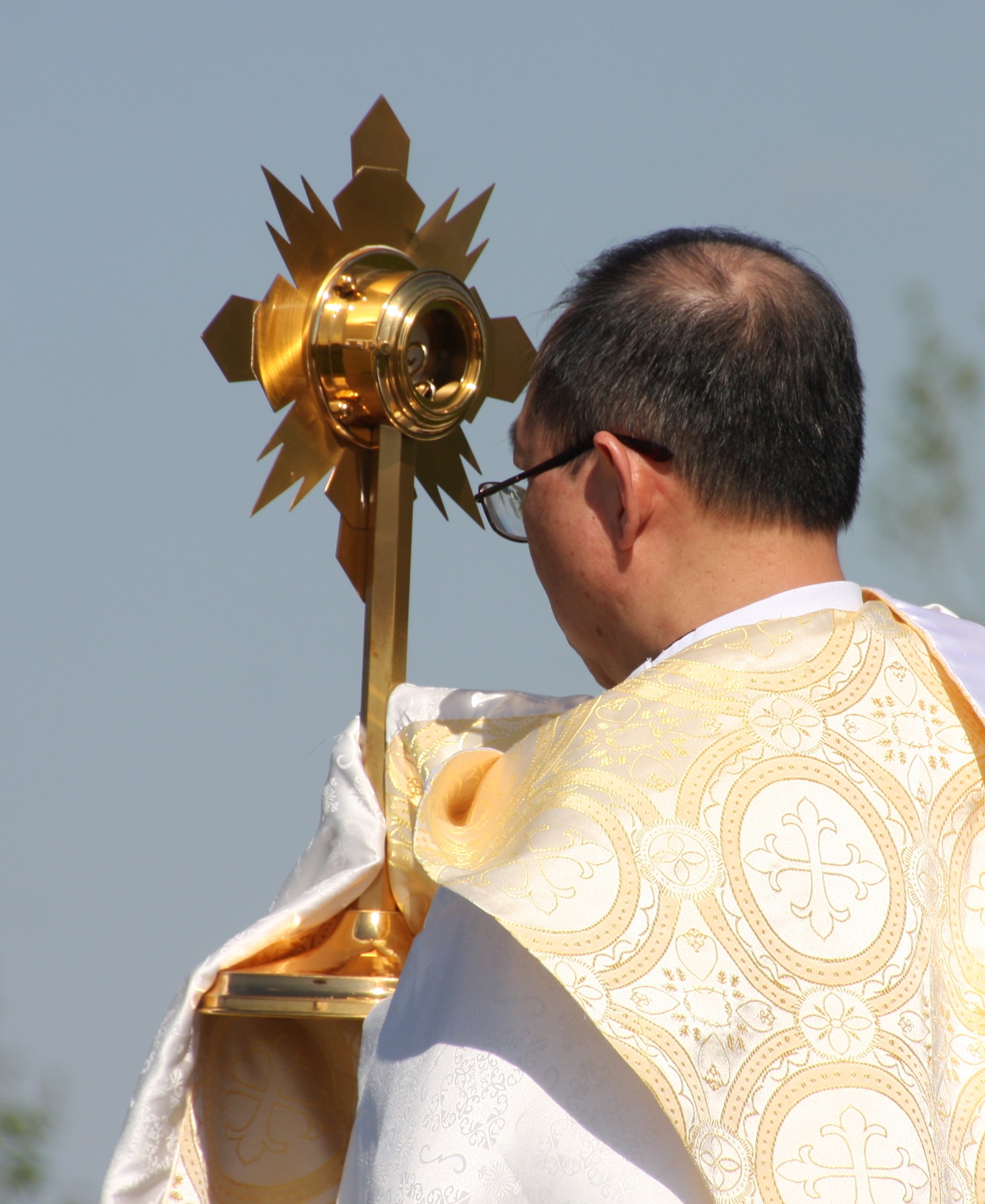|
St. Mary's Cathedral, Calgary
St. Mary's Cathedral in Calgary, Alberta, Canada is a Roman Catholic cathedral and the seat of the Diocese of Calgary. The building's full name is ''The Cathedral of the Immaculate Conception of the Blessed Virgin Mary''. Canada History St. Mary's began as a sandstone church in 1889, built near the Elbow River on land provided by the Canadian Pacific Railway. The area was called the Mission District, due to the settlement of Father Albert Lacombe in the area in 1884. The original Catholic mission was called Notre-Dame-de-la-Paix. The land was used to establish a French-speaking incorporated village called Rouleauville, which subsequently became overwhelmingly English and was annexed by Calgary in 1907 (making St. Mary's part of Calgary). The same land obtained by Lacombe was also used to build St. Mary's School nearby. When Pope Pius X created the Diocese of Calgary November 30, 1912, ''St. Mary’s'' became the cathedral as the seat of the Bishop. Demolition of the sand ... [...More Info...] [...Related Items...] OR: [Wikipedia] [Google] [Baidu] |
Calgary
Calgary () is a major city in the Canadian province of Alberta. As of 2021, the city proper had a population of 1,306,784 and a metropolitan population of 1,481,806 making it the third-largest city and fifth-largest metropolitan area in Canada. Calgary is at the confluence of the Bow River and the Elbow River in the southwest of the province, in the transitional area between the Rocky Mountain Foothills and the Canadian Prairies, about east of the front ranges of the Canadian Rockies, roughly south of the provincial capital of Edmonton and approximately north of the Canada–United States border. The city anchors the south end of the Statistics Canada-defined urban area, the Calgary–Edmonton Corridor. Calgary's economy includes activity in many sectors: energy; financial services; film and television; transportation and logistics; technology; manufacturing; aerospace; health and wellness; retail; and tourism. The Calgary Metropolitan Region is home to Canada' ... [...More Info...] [...Related Items...] OR: [Wikipedia] [Google] [Baidu] |
Daniel (biblical Figure)
Daniel (Biblical Aramaic, Aramaic and ; ; ) is the main character of the Book of Daniel. According to the Hebrew Bible, Daniel was a Nobility, noble Jews, Jewish youth of Jerusalem taken into captivity by Nebuchadnezzar II of Babylon, serving the king and his successors with loyalty and ability until the time of the Persians, Persian conqueror Cyrus the Great, Cyrus, all the while remaining true to the God of Israel. While some conservative scholars hold that Daniel existed and his book was written in the 6th century BCE, most scholars agree that Daniel, as depicted in the Book of Daniel, was not a historical figure, wherein the character was probably based on a similar legendary Daniel from earlier traditions. It follows that much of the book is a Roman à clef, cryptic allusion to the reign of the 2nd century BCE Diadochi, Hellenistic king Antiochus IV Epiphanes. Six cities claim the Tomb of Daniel, the most famous being that in Susa, in southern Iran, at a site known as Tomb ... [...More Info...] [...Related Items...] OR: [Wikipedia] [Google] [Baidu] |
Ezechiel
Ezekiel, also spelled Ezechiel (; ; ), was an Israelite priest. The Book of Ezekiel, relating his visions and acts, is named after him. The Abrahamic religions acknowledge Ezekiel as a prophet. According to the narrative, Ezekiel prophesied the destruction of Judah's capital city Jerusalem. In 587 BC, the Neo-Babylonian Empire conquered Jerusalem, destroyed Solomon's Temple, and sent the Judahite upper classes into the Babylonian captivity. However, Ezekiel also prophesied the eventual restoration of the Jewish people to the Land of Israel. It is believed he died around 570 BC; Ezekiel's Tomb is a Jewish religious site in Mesopotamia. Three decades later, in 539 BC, the Persian empire conquered Babylon and the Edict of Cyrus repatriated the exiles. The name "Ezekiel" means "God is strong" or "God strengthens" in Hebrew. Biblical account The author of the Book of Ezekiel presents himself as Ezekiel, the son of Buzi, born into a priestly (kohen) lineage. The author d ... [...More Info...] [...Related Items...] OR: [Wikipedia] [Google] [Baidu] |
Jeremiah (prophet)
Jeremiah ( – ), also called Jeremias, was one of the major prophets of the Hebrew Bible. According to Jewish tradition, Jeremiah authored the book that bears his name, the Books of Kings, and the Book of Lamentations, with the assistance and under the editorship of Baruch ben Neriah, his scribe and disciple. According to the narrative of the Book of Jeremiah, the prophet emerged as a significant figure in the Kingdom of Judah in the late 7th and early 6th centuries BC. Born into a priestly lineage, Jeremiah reluctantly accepted his call to prophethood, embarking on a tumultuous ministry more than five decades long. His life was marked by opposition, imprisonment, and personal struggles, according to Jeremiah 32 and 37. Central to Jeremiah's message were prophecies of impending divine judgment, forewarning of the nation's idolatry, social injustices, and moral decay. According to the Bible, he prophesied the siege of Jerusalem and Babylonian captivity as consequences f ... [...More Info...] [...Related Items...] OR: [Wikipedia] [Google] [Baidu] |
Isaiah
Isaiah ( or ; , ''Yəšaʿyāhū'', "Yahweh is salvation"; also known as Isaias or Esaias from ) was the 8th-century BC Israelite prophet after whom the Book of Isaiah is named. The text of the Book of Isaiah refers to Isaiah as "the prophet", but the exact relationship between the Book of Isaiah and the actual prophet Isaiah is complicated. The traditional view is that all 66 chapters of the book of Isaiah were written by one man, Isaiah, possibly in two periods between 740 BC and 686 BC, separated by approximately 15 years. Another widely held view suggests that parts of the first half of the book (chapters 1–39) originated with the historical prophet, interspersed with prose commentaries written in the time of King Josiah 100 years later, and that the remainder of the book dates from immediately before and immediately after the end of the 6th-century BC exile in Babylon (almost two centuries after the time of the historical prophet), and that perhaps these later cha ... [...More Info...] [...Related Items...] OR: [Wikipedia] [Google] [Baidu] |
Waterloo, Ontario
Waterloo is a city in the Canadian province of Ontario. It is one of three cities in the Regional Municipality of Waterloo (formerly Waterloo County, Ontario, Waterloo County). Waterloo is situated about west-southwest of Toronto, but it is not considered to be part of the Greater Toronto Area (GTA). Due to the close proximity of the city of Kitchener, Ontario, Kitchener to Waterloo, the two together are often referred to as "Kitchener–Waterloo", "K-W", or "The Twin Cities". While several unsuccessful attempts to combine the municipalities of Kitchener and Waterloo have been made, following the 1973 establishment of the Region of Waterloo, less motivation to do so existed, and as a result, Waterloo remains an independent city. At the time of the Canada 2021 Census, 2021 census, the population of Waterloo was 121,436. History Indigenous peoples and settlement Indigenous peoples in Canada, Indigenous peoples such as the Haudenosaunee, Iroquois, Anishinaabe and Neutral Natio ... [...More Info...] [...Related Items...] OR: [Wikipedia] [Google] [Baidu] |
Dublin
Dublin is the capital and largest city of Republic of Ireland, Ireland. Situated on Dublin Bay at the mouth of the River Liffey, it is in the Provinces of Ireland, province of Leinster, and is bordered on the south by the Dublin Mountains, part of the Wicklow Mountains range. Dublin is the largest city by population on the island of Ireland; at the 2022 census of Ireland, 2022 census, the city council area had a population of 592,713, while the city including suburbs had a population of 1,263,219, County Dublin had a population of 1,501,500. Various definitions of a metropolitan Greater Dublin Area exist. A settlement was established in the area by the Gaels during or before the 7th century, followed by the Vikings. As the Kingdom of Dublin grew, it became Ireland's principal settlement by the 12th century Anglo-Norman invasion of Ireland. The city expanded rapidly from the 17th century and was briefly the second largest in the British Empire and sixth largest in Western Europ ... [...More Info...] [...Related Items...] OR: [Wikipedia] [Google] [Baidu] |
Monstrance
A monstrance, also known as an ostensorium (or an ostensory), is a vessel used in Roman Catholic, Old Catholic, High Church Lutheran and Anglican churches for the display on an altar of some object of piety, such as the consecrated Eucharistic Sacramental bread (host) during Eucharistic adoration or during the Benediction of the Blessed Sacrament. A monstrance may also serve as a reliquary for the public display of relics of some saints."" New Advent Catholic Encyclopedia. Retrieved on 2014-11-16. The word ''monstrance'' comes from the word , while the word ''ostensorium'' comes from the Latin word . Either term, each expressing the concept of "showing", can refer to a vessel intended for the exposition of the < ... [...More Info...] [...Related Items...] OR: [Wikipedia] [Google] [Baidu] |
Church Tabernacle
A tabernacle or a sacrament house is a fixed, locked box in which the Eucharist in the Catholic Church, Eucharist (consecrated communion hosts) is stored as part of the "reserved sacrament" rite (Christianity), rite. A container for the same purpose, which is set directly into a wall, is called an ''aumbry''. Within Catholic Church, Catholicism, Eastern Orthodoxy, and in some traditions of Lutheranism and Anglicanism, the tabernacle is a box-like or dome-like vessel for the exclusive reservation of the consecrated Eucharist. It is normally made from precious metals, stone or wood, and is lockable and secured to the altar or adjacent wall to prevent the consecrated elements within from being removed without authorization. These denominations believe that the Eucharist contains the Real presence of Christ in the Eucharist, real presence of Jesus, and thus use the term ''tabernacle'', a word referring to the Tabernacle, Old Testament tabernacle, which was the locus of God's presen ... [...More Info...] [...Related Items...] OR: [Wikipedia] [Google] [Baidu] |
France
France, officially the French Republic, is a country located primarily in Western Europe. Overseas France, Its overseas regions and territories include French Guiana in South America, Saint Pierre and Miquelon in the Atlantic Ocean#North Atlantic, North Atlantic, the French West Indies, and List of islands of France, many islands in Oceania and the Indian Ocean, giving it Exclusive economic zone of France, one of the largest discontiguous exclusive economic zones in the world. Metropolitan France shares borders with Belgium and Luxembourg to the north; Germany to the northeast; Switzerland to the east; Italy and Monaco to the southeast; Andorra and Spain to the south; and a maritime border with the United Kingdom to the northwest. Its metropolitan area extends from the Rhine to the Atlantic Ocean and from the Mediterranean Sea to the English Channel and the North Sea. Its Regions of France, eighteen integral regions—five of which are overseas—span a combined area of and hav ... [...More Info...] [...Related Items...] OR: [Wikipedia] [Google] [Baidu] |
Annecy
Annecy ( , ; , also ) is the Prefectures in France, prefecture and List of communes in France with over 20,000 inhabitants, largest city of the Haute-Savoie Departments of France, department in the Auvergne-Rhône-Alpes Regions of France, region of Southeastern France. It lies on the northern tip of Lake Annecy, south of Geneva, Switzerland. Nicknamed the "Pearl of the French Alps" in Raoul Blanchard's monograph describing its location between lake and mountains, the town controls the northern entrance to the lake gorge. Due to a lack of available building land between the lake and the protected Semnoz mountain, its population has remained stable, around 50,000 inhabitants, since 1950. However, the 2017 merger with several ex-communes extended the population of the city to 128,199 inhabitants and that of the Urban unit, urban area to 177,622, placing Annecy seventh in the Auvergne-Rhône-Alpes region. Switching from the County of Geneva, counts of Geneva's dwelling in the 1 ... [...More Info...] [...Related Items...] OR: [Wikipedia] [Google] [Baidu] |









